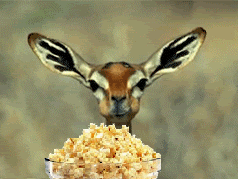HyzerUniBomber
* Ace Member *
One of my favorite drills is getting my most overstable disc and trying to throw it for the longest flight before it hyzers out. My longest flight with that disc is 305 feet.
This is potentially setting you up for a ton of unlearning bad habits. I'd set you up with neutral putters and have you throwing slight hyzers.
To flex an OS disc to 300', you're introducing the wrong posture.
One-step movement.
To put this is perspective, I'm 45 - a few years older than Joe. I also parked the first hole that he throws. And on a wide open hole I was just as far down the fairway as he was. I'm not bragging, but I would caution against saying "I'm this old, probably done throwing far..." - If you continue to work on flexibility, good form and overall body strength, I believe that most guys can throw high power shots consistently.
